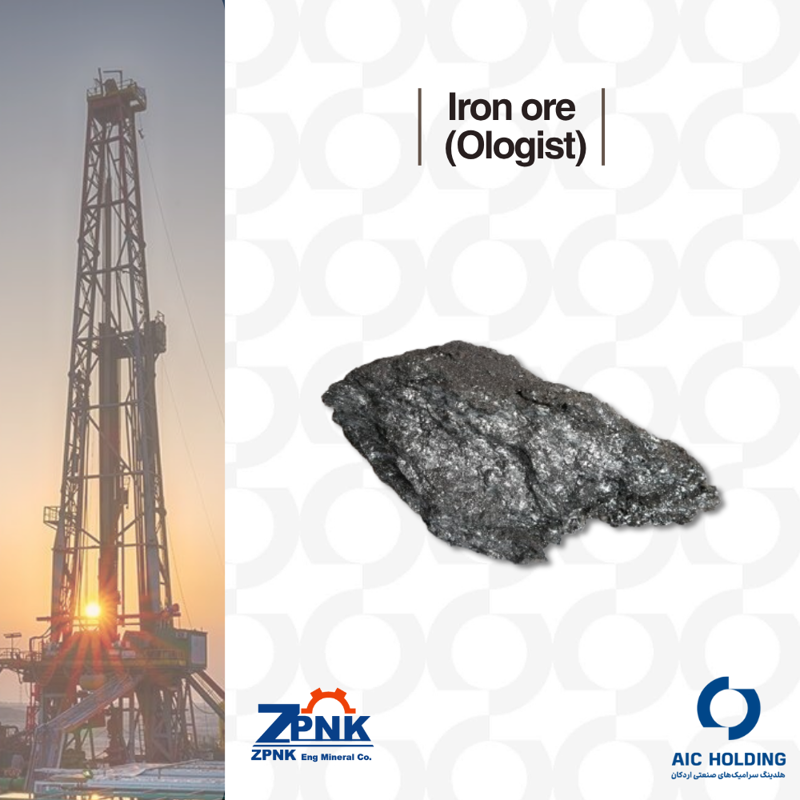- الوژیست
الوژیست یک کانی آهندار با ترکیب شیمیایی Fe₂O₃ و درصد آهن حدود ۶۴ تا ۷۰٪ است. رنگ آن متنوع بوده و از خاکستری تا سیاه تغییر میکند و در مقاطع نازک به رنگ قرمز خونی دیده میشود. این ماده سختی متوسط (۵ تا ۶/۵)، ساختار شکننده، جلای فلزی یا نیمهفلزی و چگالی بالایی (۵/۲۶) دارد. الوژیست بهطور طبیعی مغناطیسی نیست، اما در دماهای بالا و محیط احیاگر خاصیت مغناطیسی پیدا کرده و به مگنتیت تبدیل میشود. از ویژگی مهم آن آبگریزی و مقاومت در برابر زنگزدگی است. از نظر صنعتی، در فولادسازی، تولید رنگدانه و رنگهای ضدخوردگی، قطعات صنعتی، ریختهگری، مصالح ساختمانی و سیمانسازی کاربرد گسترده دارد. همچنین این کانی به دلیل صرفهجویی در مصرف آب و انرژی، ضدزنگ بودن و استخراج آسان، اقتصادی و مقرون بهصرفه محسوب میشود و فرآوری آن اغلب با روش فلوتاسیون امکانپذیر است.
برای دستیابی به اطلاعات تکمیلی و مشخصات فنی محصول با کارشناسان هلدینگ در تماس باشید.

